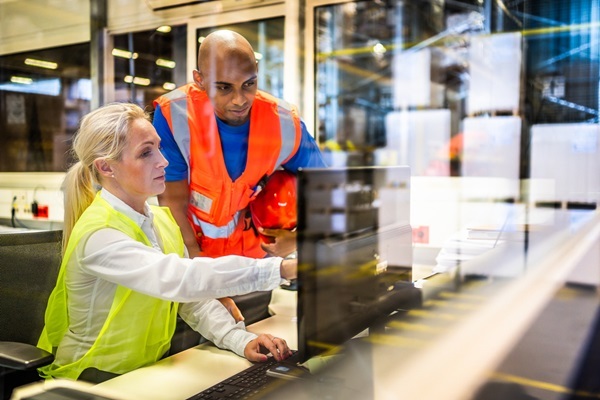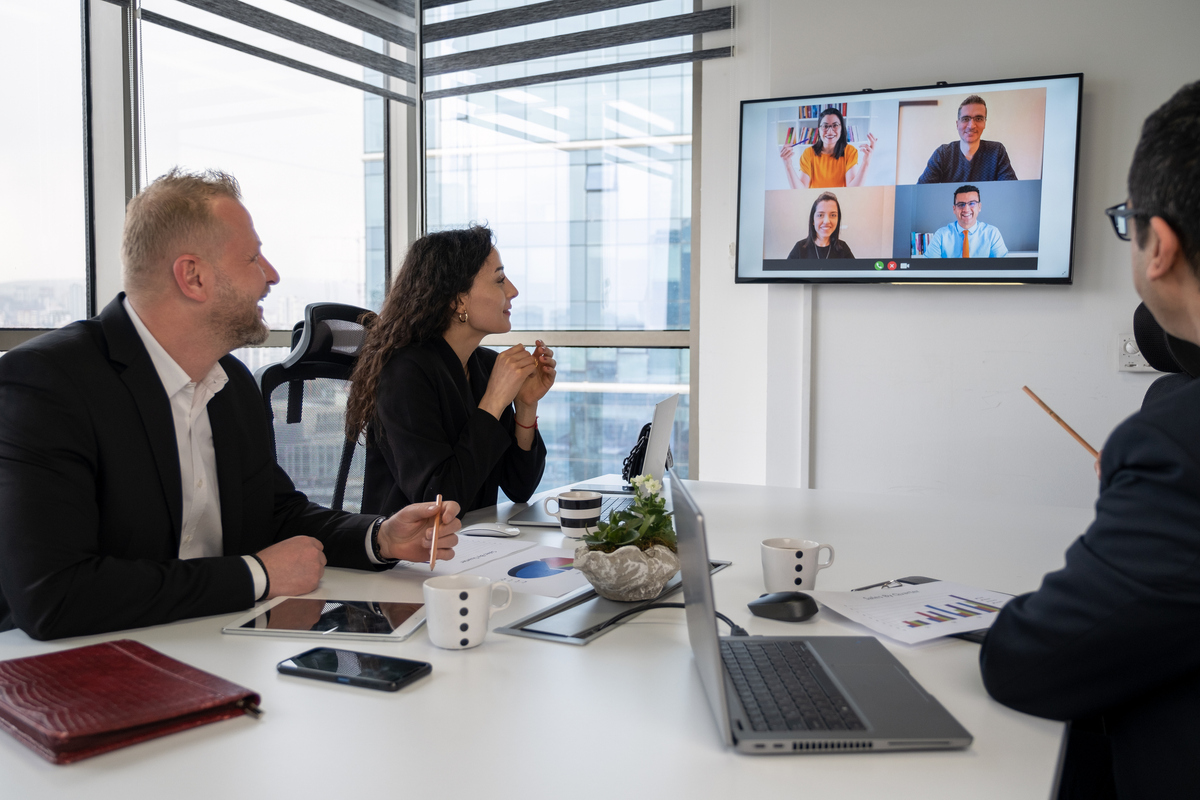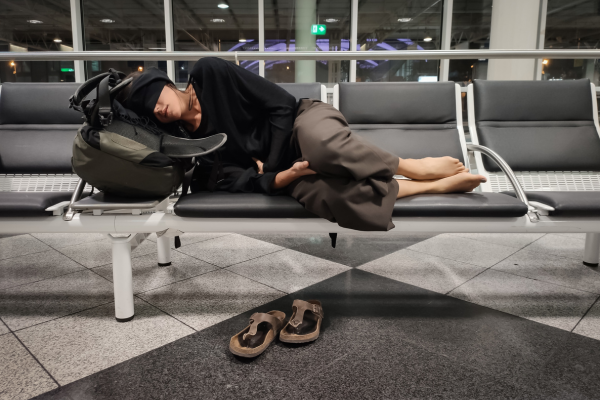Leading from the front in the new world of work
Sponsored by AlphaSights
Post-pandemic, leaders need to positively embrace the opportunity to create a work environment that helps attract, build and retain top talent.
Like other major historical events, Covid-19 has divided our collective memories into a “before” and “after”. Prior to the pandemic, the five-days office-based work-week was the norm, and hours of daily commute an integral part of most people’s lives. Tools such as video calls and instant messaging had long existed, and some pioneers had been preaching the benefits of remote work for years. But human behaviour at large did not adapt, and the century-old Monday-to-Friday office trot continued across the globe.
Fast-forward to March 2020, and, within a matter of days, businesses in their masses switched to fully functional work-from-home operations based on existing technology. It took the perfect storm of the pandemic to blow us out of our habits and into our new work-from-home reality. So, what had held us back from adopting working patterns that are evidently better suited to many people’s lives - not to mention more environmentally friendly? Habit and the fear of challenging accepted norms; few of us were willing to change our own behaviours or take advantage of remote work when no one else seemed willing to go along.
Eighteen months on, we have seen remote work delivering both higher productivity and better work-life integration. Unsurprisingly, many employees no longer wish to revert back to the pre-pandemic status quo. And yet, businesses have also learned that working exclusively from home doesn’t present the optimal solution either. While existing social ties and company culture transferred into the work-from-home norm at first, over time culture weakens and creativity suffers as serendipitous in-office en-counters, spontaneous connections, learning by immersion, and the ability to feel and contribute to a team’s vibe, no longer exist. Onboarding new colleagues, instilling in them a sense of belonging, and developing trusted relationships is incomparably harder in a remote-only world.
The future is hybrid – but when and how?
The future of work will need to combine the best of remote and office-based working in a hybrid model, which will require challenging the habits formed over the past eighteen months: employees accustomed to working from home, some not wishing to return to the office ever, and others ‘not now’. With the news cycle continuing to raise concerns about Covid-19 flare-ups, leaders wanting to bring people back to the office risk being stigmatised as unempathetic, irresponsible or worse. The result has been confusion and lack of direction across large parts of the workforce.
Finding the right path to a sustainable long-term work model turns out to be more complex than moving to remote work all at once back in March 2020. Many business leaders are now grappling with questions such as: What hybrid model will work for their business and employees - a directive or a more ‘laissez-faire’ model? How can leadership keep oversight of productivity? How can performance be assessed fairly across a hybrid workforce? When is the right time to roll it out? What are their competitors doing?
Reporting from the frontline
The pandemic became real for us as early as January 2020 when Chinese travel restrictions prevented some of our Shanghai colleagues from returning to work after their Lunar New Year holiday. In mid-March, we equipped our entire workforce – 1,200+ colleagues on three continents – with home-working equipment and closed our offices. By summer last year, we started forward planning and considered what the future of work will eventually look like.
To better understand on-the-ground realities and employee sentiment, we launched consecutive surveys to solicit our colleagues’ views on their ideal future of work. The results from our first survey were eye-opening: 91 per cent of our employees said their favourite part of working at our firm is their peers, 84 per cent said they feel more connected to the company culture through in-office work, and 75 per cent of respondents said they find it easier to collaborate with colleagues in-person. At the same time, our people were clear about the benefits of working from home and about not wishing to return to 100 per cent in-office.
We launched a second survey to contrast various models of hybrid working. People’s opinions were ambivalent around specific design choices: for example, some people preferred a decentralised hybrid model, whereby they could choose on what days to be in the office. This model, however, would not deliver the key benefit our people seek: being in the office at the same time as their colleagues. And transitioning into a decentralised model is difficult as the chicken-and-egg situation needs to be overcome whereby no one wishes to return unless everyone else does.
Mustering courage and pragmatism, we decided to move ahead with our “3+2” future-of-work model: mandatory in-office work Monday through Wednesday, with the option to work from home on Thursday and Friday. Our survey data gave us the confidence to proceed with this model: 82 per cent of our colleagues preferred this proposed “3+2” model over various alternatives, and 91% viewed it as making AlphaSights ‘more attractive’ or ‘significantly more attractive’ as a place to work relative to the pre-pandemic status quo. Being back together three days a week, the energy in our offices is palpable, and anecdotal feedback and sentiment data suggest that “3+2” is exceeding most people’s expectations.
Lessons learned
As businesses move towards a post-pandemic future, determined leadership will be imperative. Unlike March 2020, there is no perfect storm forcing new norms upon us, and no arrangement along the spectrum from fully-remote to fully-in-office will be popular with everyone. Leaders need to make a clear and compelling case for whichever model they propose: data-driven insights, transparent decision-making and leading from the front are key. While it takes courage to steer into a new work model, leaders should positively embrace the rare opportunity at hand: creating a work arrangement that will help attract, build and retain the best talent, which ultimately lies at the heart of sustained corporate success.
by Max Cartellieri, co-CEO of AlphaSights

Business Reporter Team
Most Viewed
Winston House, 3rd Floor, Units 306-309, 2-4 Dollis Park, London, N3 1HF
23-29 Hendon Lane, London, N3 1RT
020 8349 4363
© 2025, Lyonsdown Limited. Business Reporter® is a registered trademark of Lyonsdown Ltd. VAT registration number: 830519543





